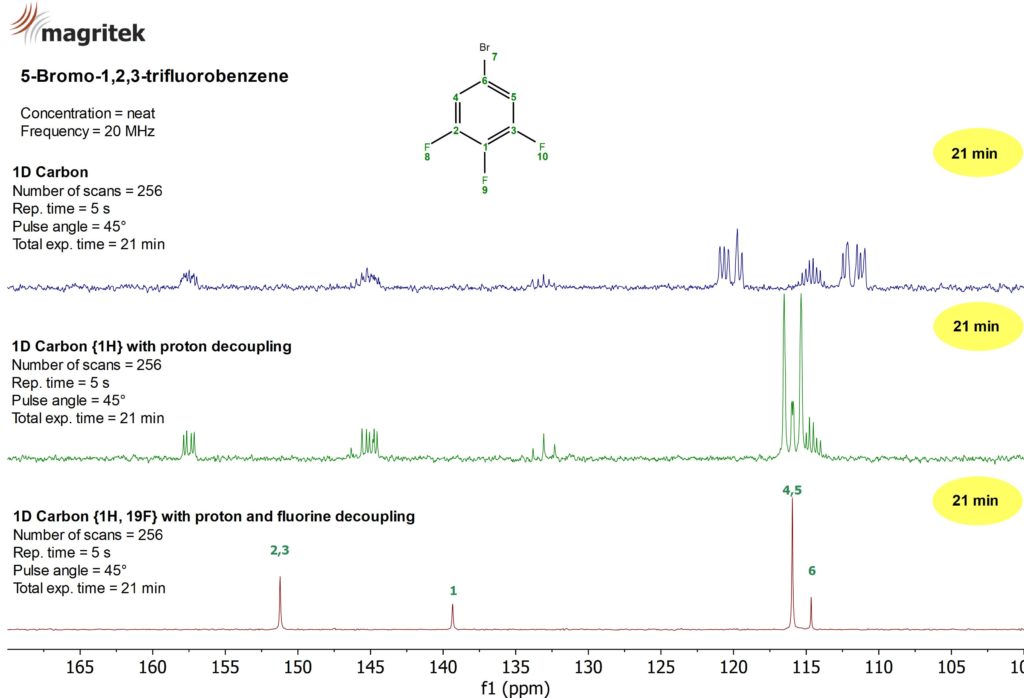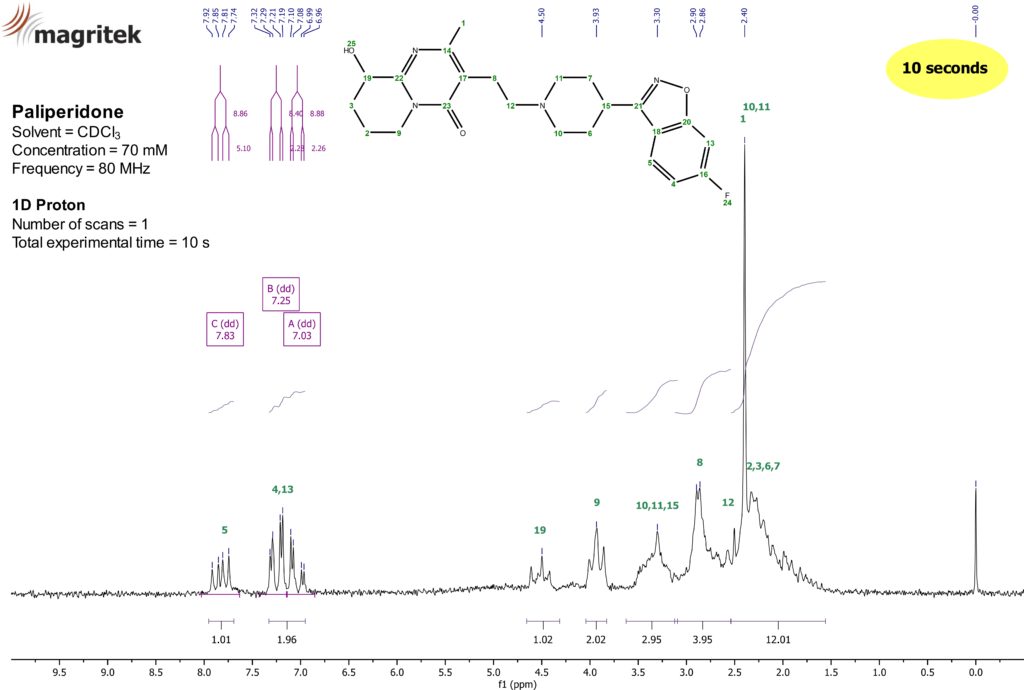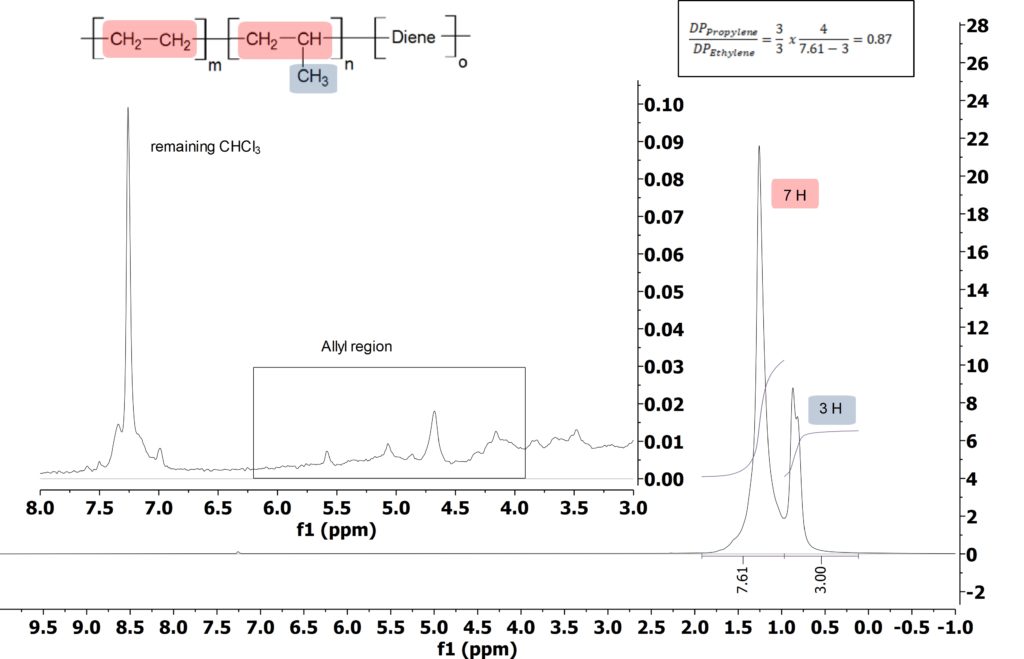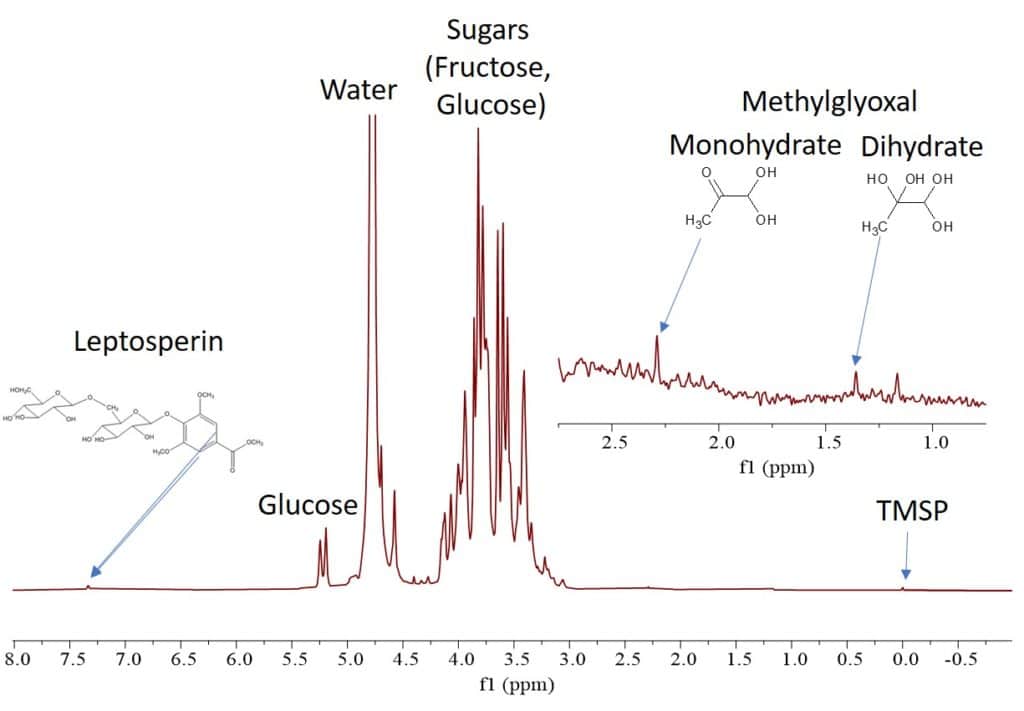Characterizing SPHOS by 1H, 13C and 31P NMR. This phosphine ligand is widely employed together with e.g palladium in a range of different catalytic reactions.
SPHOS (2-Dicyclohexylphosphino-2′,6′-dimethoxybiphenyl) is a widely used air-stable phosphine ligand employed together with e.g palladium in a range of different catalytic reactions. Figure 1 shows the 1H NMR spectrum of a 800 mM SPHOS sample in CDCl3 measured in a single scan taking 15 seconds to acquire. Figure 1: 1H NMR spectrum of a 800 …






